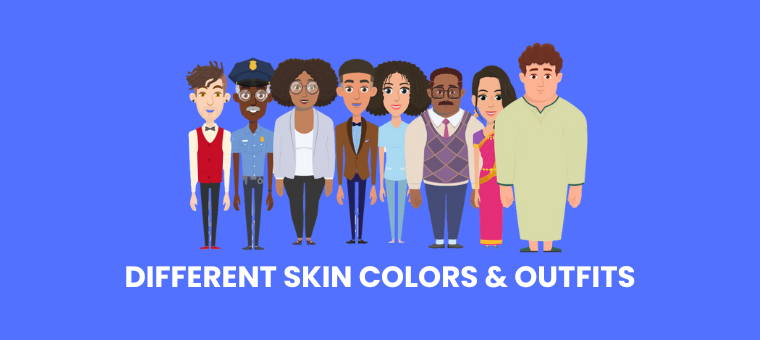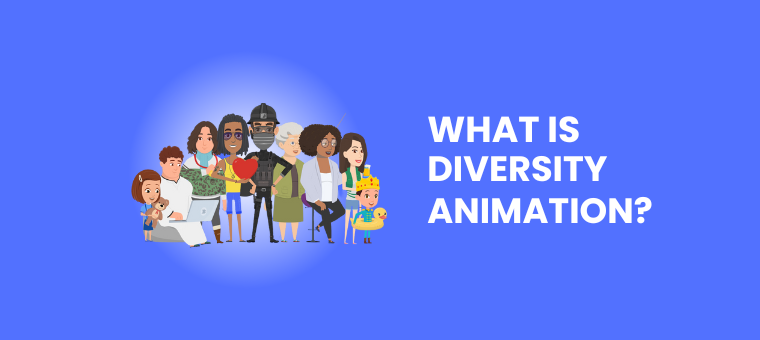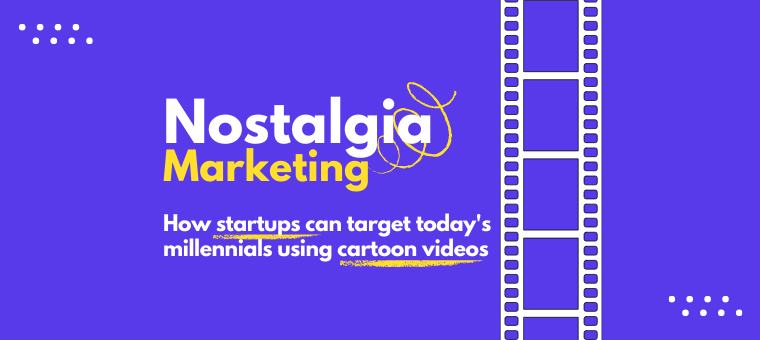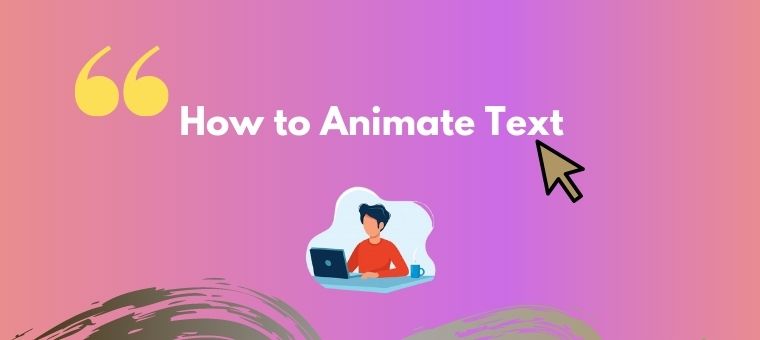Diversity Animation: Everything you need to know
We all love watching animated movies, don’t we?!
Thanks to nostalgia or quirky effects, animation as a medium has the power to captivate audiences of all ages and backgrounds!
So watching cartoons and animated movies has always been great!
But in how many movies have you noticed diverse characters? Not many, right?

Here are some facts, in this 78-year history of Walt Disney Animation studios, only 11 out of 54 movies featured non-white main characters. That’s a bit too low, right?
Ever since the beginning, Animation studios have fallen short in representing a diverse range of characters and perspectives. In fact, the majority of these diverse representations emerged only in the past two decades, starting with Pocahontas in the year 1995.
This illustrates the need for greater efforts to ensure diversity and inclusion in the animated film industry as a whole.
The issue of diversity and inclusion in the world of animation has not been adequately addressed, both in the films themselves and in the workplace.
But before we dive into more details, let's understand the meaning of diversity animation.
What is Diversity Animation?
Diversity animation refers to the inclusion and representation of various voices, identities, cultures, and perspectives in the world of animation.
The process of diversifying the animation starts by featuring characters, storylines, and themes that reflect the diversity of our world. By including different races, ethnicities, genders, sexual orientations, disabilities, and socioeconomic backgrounds, diverse animation aims to break stereotypes.
It helps create a more realistic and inclusive portrayal of the human experience, from fostering empathy to understanding the connection among audiences.
Why is Diversity important in Animation?
Animation as a medium has the power to captivate audiences of all ages and backgrounds.
Diversity in animation promotes representation, cultural understanding, empowerment, and inclusion in an equitable society. By featuring diverse characters and inclusive storytelling, animation opens doors to a world of diverse communities.
Moreover, embracing diversity in animation meets market demand, which means it attracts broader audiences and boosts profitability too. So, prioritizing diversity and inclusion creates a significant impact in the world of animation.

How can Animaker help its users to create Diverse Animations?
Before we check out how Animaker can help users to create diverse animations, let's check out what Animaker is. It is a cloud-based video making software that helps users create professional-quality videos without needing any prior animation experience. It offers a wide range of features that can be used to create diverse animations like -
Body types - Animaker allows users to create characters with a wide variety of body types, including thin, average, and plus-size characters. This helps create more inclusive animations that represent a wider range of people.

Age groups - Animaker allows to create characters of different ages, right from children to adults, allowing users to create animations that are appropriate for a variety of audiences.

Different skin colors & Outfits - Animaker allows you to create characters with a variety of skin tones. From light to dark skin tones, this app helps to create animations that are more representative of the world’s population.
Moreover, Animaker’s character customization allows users to dress their characters in a variety of outfits. Be it formal, casual, or region-wise outfit, Animaker has it all. This helps to create animations that are appropriate for different situations and regions.

Animal characters - Animaker takes it a step further and allows users to add animal characters to their videos with over 20+ options to choose from.

These are a few of the ways that Animaker contributes to the world of diverse animations. By using these features, users can create animations that are more inclusive and representative of the world around them.
That’s not it. Here are some additional tips for creating diverse animations -
Think about your audience - While creating an animation, think about the audience you’re trying to reach, their interests, and their needs. Create your animations accordingly.
For example, If you are creating an animation for children, you have to ensure that the children's characters are diverse in terms of their body type, skin color, and culture.
Be Intentional - When it comes to diversity in animation, don’t just add it for the sake of it. Make sure the diversity in your animation is intentional and meaningful.
For example, if you are creating an animation about a diverse group working together, you should add more details, like how their perspectives, inputs, and experiences help them to achieve their goal, rather than just a scene of diverse people working together.
Be Respectful - The most important point while creating a diverse animation is that you have to be respectful of the people you are representing. Avoid stereotyping and negative portrayals as much as possible.
This would avoid making generalizations about people based on their race, ethnicity, gender, and other identity factors. By following these tips, you can create animations that are visually appealing and meaningful.
If you’re looking to create your own animated character, we have just the thing for you. Try Animaker’s Avatar Maker! You can create 1 Billion+ unique character combinations. It’s fun & it’s free!
Additionally, here's an in-depth article that shows the users How to create Animated Characters? [In five simple steps].
You can also watch this video tutorial -



